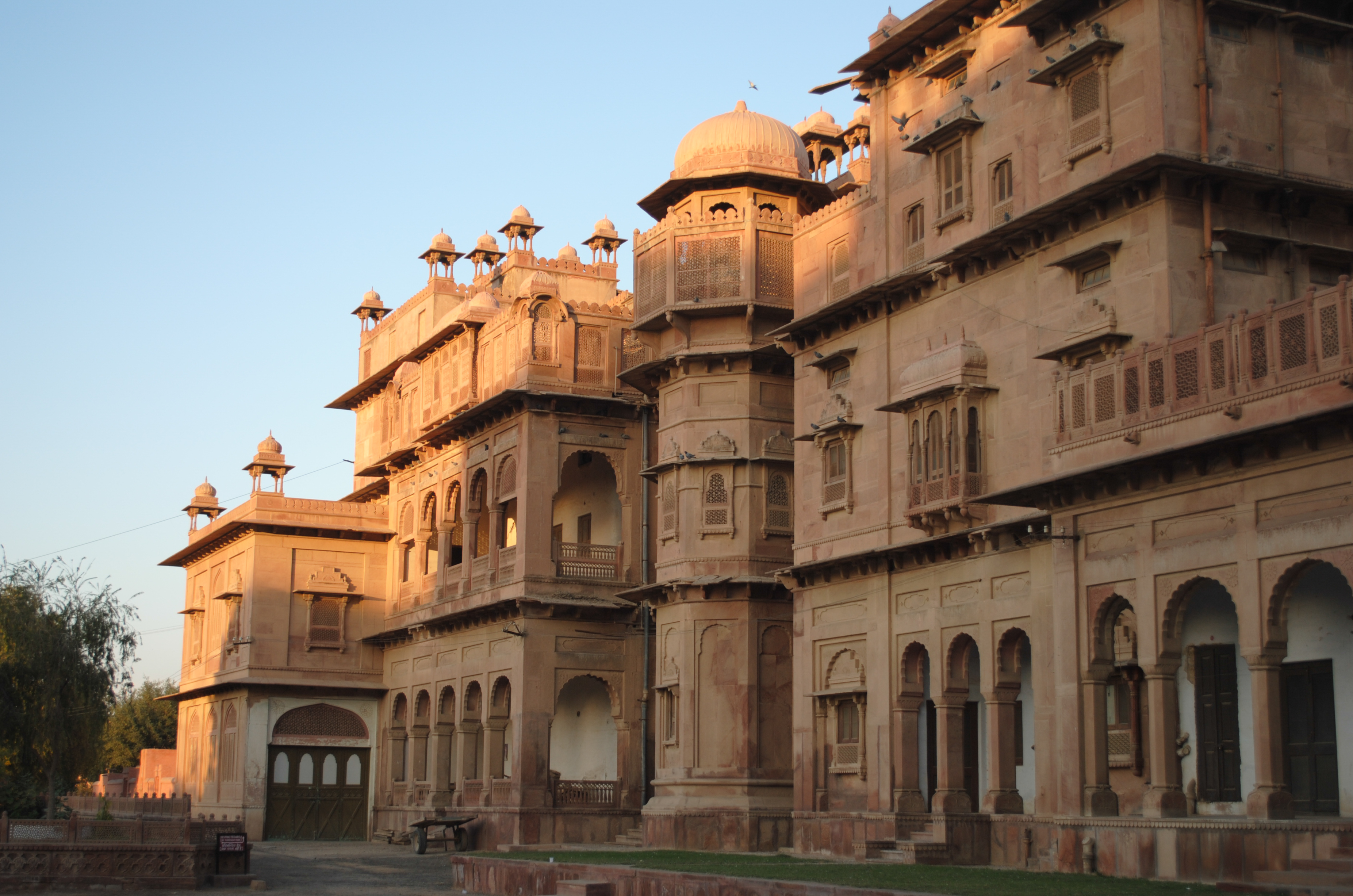The Spiritual Tapestry of Bhuj's Swaminarayan Mandir
In the heart of Gujarat's Kutch region, the Shri Swaminarayan Mandir stands as a profound testament to spiritual devotion and architectural magnificence. Established in 1823 by Swaminarayan himself, this temple complex represents more than a mere religious structure—it is a living narrative of cultural resilience, divine inspiration, and community faith.
The temple's origins trace back to a pivotal moment when devotees from Bhuj met Swaminarayan during the Fuldol festival in Gadhada. Their passionate request for a local temple was met with immediate divine approval, leading Vaishnavananand Swami to commence construction within a year. The original temple, dedicated to Nar Narayan Dev, became a spiritual epicenter that would witness remarkable transformations over two centuries.
Swaminarayan's deep connection with Kutch was extraordinary, having spent seven years traversing the region and cultivating a unique spiritual relationship with its inhabitants. The temple's significance extended beyond religious practices, serving as a repository of cultural memory. The Akshar Bhavan, housing personal artifacts of Swaminarayan, became a sacred space that bridged personal devotion with collective spiritual heritage.
The 2001 Gujarat earthquake presented a profound moment of spiritual resilience. While the original temple suffered extensive damage, the divine idols remained miraculously unscathed—a testament to the spiritual energy believed to permeate the site. This event catalyzed a transformative decision to construct a new temple, embodying both preservation and renewal of spiritual traditions.
The new temple's construction, commencing in 2003, was an architectural marvel that blended traditional Vedic principles with extraordinary craftsmanship. Utilizing high-quality marble from Makrana and Ambaji, the structure featured seven towering pinnacles, a central dome, and 25 minor domes supported by 258 intricately carved pillars. Each architectural element was a deliberate expression of spiritual symbolism and aesthetic beauty.
The temple's inauguration in May 2010 was a global celebration that transcended geographical boundaries. Attracting devotees from the United Kingdom, Africa, and across India, the event included a groundbreaking 3-D film about Swaminarayan's life—a pioneering cultural intervention that merged technology with spiritual storytelling. The ceremony was not merely a religious event but a profound cultural statement about the Swaminarayan Sampraday's global significance.
At its core, the Shri Swaminarayan Mandir represents a dynamic spiritual ecosystem. The central Roop Chowki, featuring images of Ganapati and Hanuman, symbolizes the sect's philosophical inclusivity. Meanwhile, the temple's diverse idol installations—Nar Narayan Dev, Hari Krishna Maharaj, Radha Krishna Dev, and Ghanshyam Maharaj—reflect a nuanced understanding of divine manifestation that goes beyond simplistic religious categorizations.
Today, the temple continues to be a vibrant spiritual and cultural destination. Its architectural splendor, combined with its deep historical roots, attracts visitors seeking not just religious experience but a comprehensive understanding of Gujarat's rich spiritual landscape. The Shri Swaminarayan Mandir stands as a living narrative of devotion, resilience, and the enduring power of spiritual tradition.







